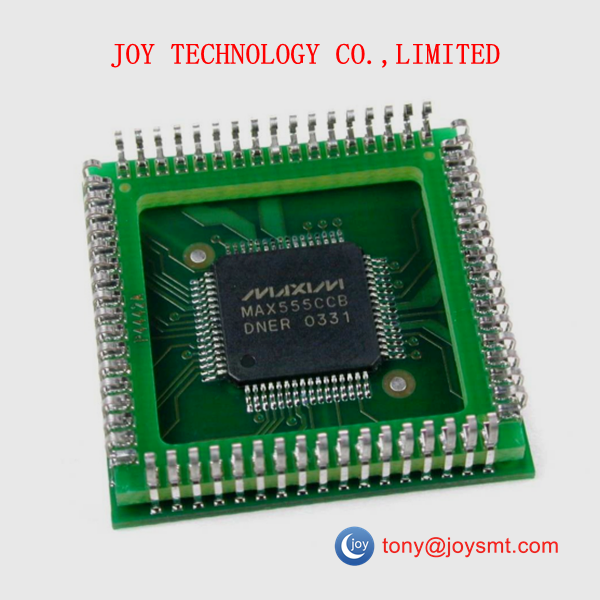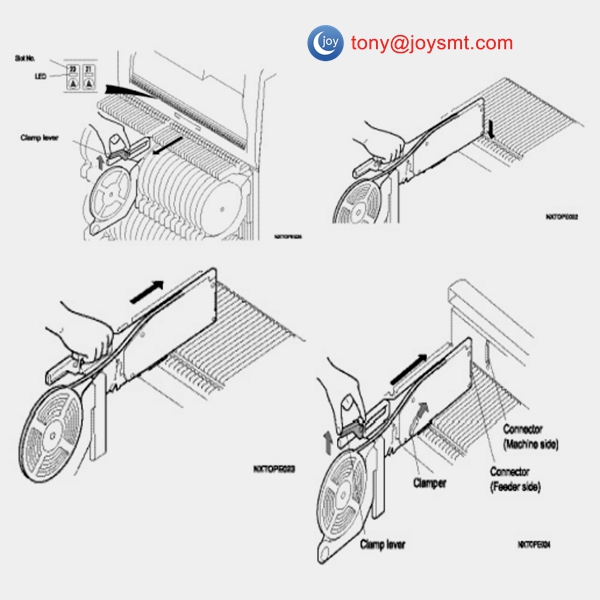Joy Technology Co.,Limited
Copyright © 2012-2023 Joy Technology
Office address: Building D,Guosheng industrial Park,Dalang street,Longhua district,Shenzhen,China
Factory address:,Wanfeng Innovation Technology Park, No.1048 Shatou,Chang'an town, Dongguang city,Guangdong province


